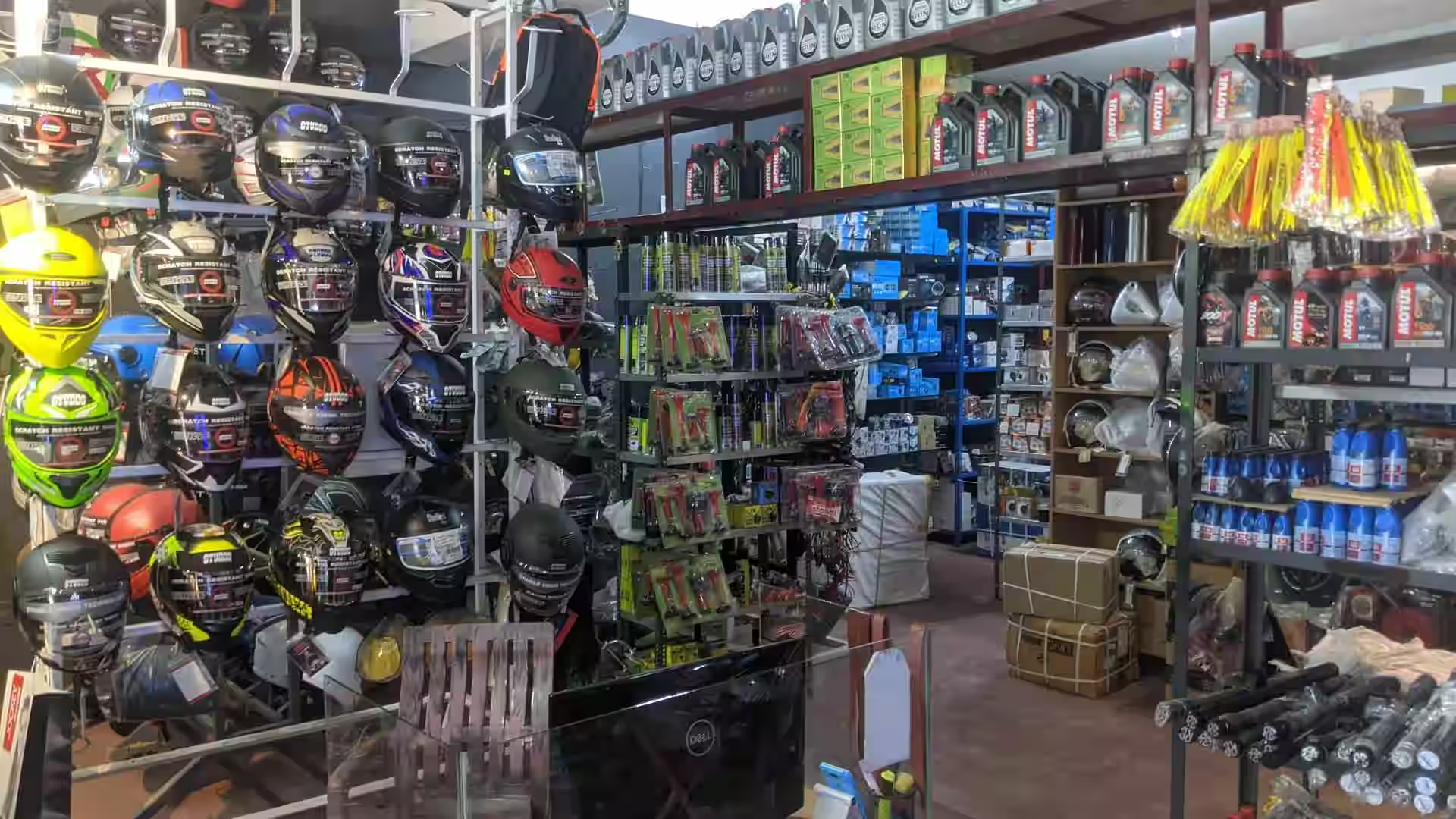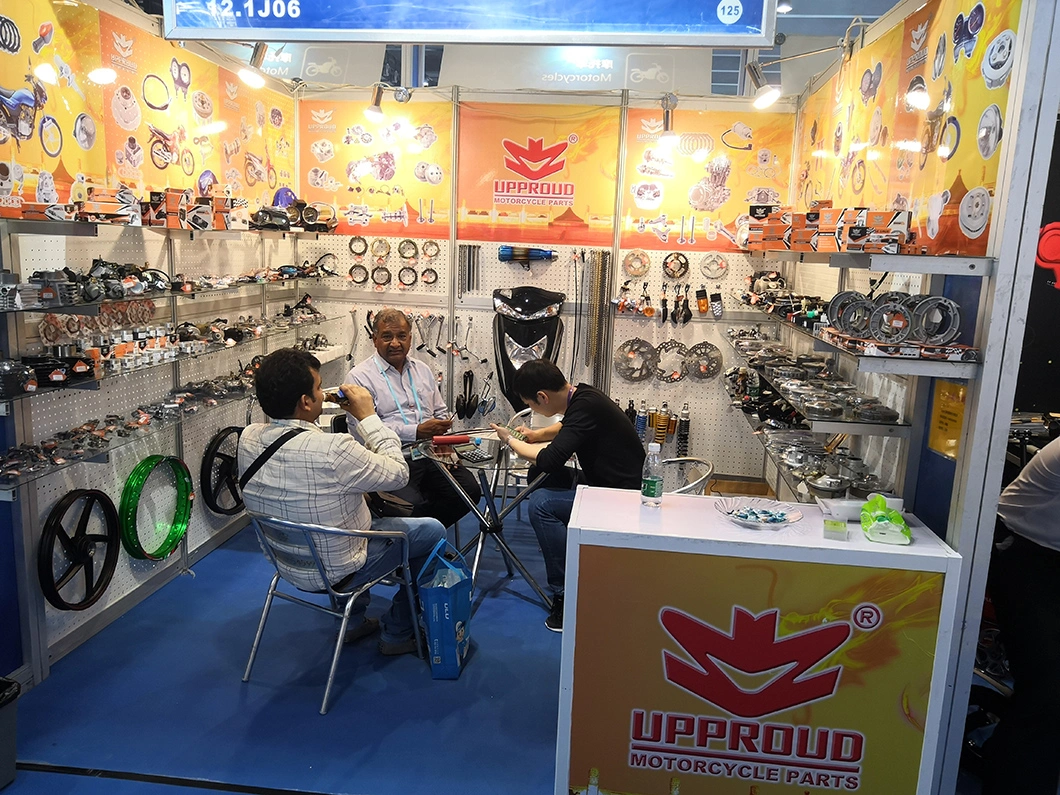Necessary Motorcycle Parts NZ for Peak Performance and Safety And Security
Necessary Motorcycle Parts NZ for Peak Performance and Safety And Security
Blog Article
Comprehending the Important Parts of a Motorcycle: A Comprehensive Guide for Fanatics
For bike enthusiasts seeking to boost their riding experience and ensure their bikes run smoothly, understanding the important elements of a motorcycle is paramount. Each element, from the engine's intricate functions to the crucial duty of the braking mechanisms, not just influences efficiency however also safety and security and convenience. This overview will certainly go through the fundamental components that every cyclist must know with, making it possible for notified selections in both upkeep and potential upgrades. As we begin this expedition, one must ask: just how does each part communicate to develop the smooth experience every enthusiast looks for?
Engine Parts

The camshaft plays a crucial duty in regulating the timing of the engine's shutoffs, guaranteeing the accurate opening and closing required for reliable gas and air consumption, in addition to exhaust expulsion. This timing is vital to maintaining ideal engine efficiency and performance. Furthermore, the carburetor or fuel injection system, depending upon the motorcycle design, is accountable for mixing air with gas in the appropriate ratio for combustion.
The cooling system, either air or liquid-based, works to keep the engine's temperature within operational restrictions, preventing getting too hot and guaranteeing durability - motox parts nz. Each component, thoroughly made and integrated, adds to the smooth procedure of the engine, defining the motorcycle's power outcome and total efficiency
Transmission System
Indispensable to the motorcycle's functionality, the transmission system guarantees reliable power transfer from the engine to the wheels. This system makes up numerous important elements, including the clutch, transmission, and final drive, each playing an important role in translating the engine's power into movement. The clutch, generally run by a hand bar, offers to involve and disengage the engine from the transmission, enabling smooth equipment adjustments and controlled velocity.
The transmission, typically referred to as the transmission appropriate, has a collection of equipments that cyclists can by hand move through to readjust the bike's speed and torque outcome. These gears are organized in a series that allows the bike to increase efficiently and preserve optimum engine efficiency throughout numerous rates. Many bikes utilize a sequential gearbox, requiring the rider to move gears in an established order.
Braking Mechanisms
While recognizing the transmission system is key to harnessing a bike's power, just as crucial is the ability to control and stop that power efficiently, which is where stopping devices enter into play. Brakes are vital for safety and performance, offering the rider with the essential control to navigate numerous surfaces and conditions. Generally, motorbikes feature 2 kinds of braking systems: disc brakes and drum brakes.
Disc brakes are a lot more common in modern motorbikes because of their remarkable performance. They contain a brake disc, caliper, and pads. When turned on, the caliper presses the brake pads versus the spinning disc, converting kinetic power right into warm, thereby reducing the wheel. This system uses far better warm dissipation, consistent performance, and improved quiting power, particularly in damp problems.
Alternatively, drum brakes, though less typical, are chopper headlight still located in some motorcycles. They work by pressing brake footwear versus the internal surface area of a drum affixed to the wheel. While usually much less effective in warmth dissipation and stopping power, drum brakes are simpler and a lot more cost-effective.
Comprehending these braking systems' nuances allows bikers to preserve their motorbikes appropriately and appreciate the engineering that ensures risk-free and reliable stopping.
Suspension and Steering
Suspension and guiding systems are essential parts that significantly influence a motorcycle's handling and ride comfort. The shock absorber, being composed of forks at the front and shock absorbers at the back, soaks up roadway irregularities, enhancing stability and control. Front forks, typically telescopic or upside down, compress and rebound to alleviate effects, while back shock absorbers preserve tire contact with the road, essential for traction and security.
Guiding, centered around the handlebars, connects the rider to the motorbike's directional control. The guiding head bearings make certain smooth procedure, motor bike helmets for sale enabling accurate ability to move. Correct positioning and maintenance of these bearings are important for predictable steering response and lowering biker fatigue.
The suspension's adjustability is an additional crucial aspect; preload, damping, and rebound setups enable customization to suit numerous riding problems and styles. This adaptability is crucial for maximizing performance, whether navigating city roads or tackling sturdy trails. Technologies like electronic shock absorber provide real-time modifications, boosting ride high quality across varied terrains.

Electric Systems
After guaranteeing a controlled and smooth trip with efficient suspension and steering systems, attention transforms to the electrical systems, a pivotal element of modern-day bikes. These systems play an essential duty not only in beginning the engine but also in powering numerous components that improve the capability and security of the motorcycle.
At the heart of a motorbike's electric system is the battery, which shops electrical power necessary for starting the engine and powering supporting systems - mx parts nz. The generator or generator, coupled with the rectifier-regulator, guarantees the battery continues to be billed while the motorcycle functions, transforming mechanical power right into electrical energy and preserving voltage degrees
The ignition system, another crucial element, is liable for firing up the air-fuel blend in the engine's cyndrical tubes. Modern bikes frequently use an electronic ignition system, using better efficiency and dependability compared to standard systems.
Illumination systems, including headlights, tail lights, and signs, are additionally important, ensuring exposure and safety for the biker. Additional electronic components such as sensors, control devices, and displays add to innovative functions like fuel injection monitoring, anti-lock stopping systems (ABDOMINAL), and electronic control panels, even more enhancing the riding experience.
Verdict
A thorough comprehension of a motorbike's necessary parts, consisting of the engine, transmission system, stopping systems, suspension, steering, motorcycle kickstand and electric systems, is essential for fanatics aiming to enhance comfort, performance, and safety and security. Proficiency of these elements permits notified choices concerning upkeep and upgrades, eventually improving the riding experience. By incorporating this knowledge, motorcyclists can ensure their motorbikes operate at peak performance and dependability, therefore taking full advantage of both enjoyment and durability of their cars.
For motorcycle lovers looking to raise their riding experience and ensure their bikes run efficiently, understanding the vital parts of a bike is extremely important.Essential to the bike's performance, the transmission system ensures reliable power transfer from the engine to the wheels.While recognizing the transmission system is vital to taking advantage of a bike's power, just as vital is the ability to regulate and stop that power efficiently, which is where braking mechanisms come into play. Typically, bikes include 2 types of stopping systems: disc brakes and drum brakes.
An extensive understanding of a bike's crucial parts, including the engine, transmission system, stopping systems, suspension, guiding, and electrical systems, is indispensable for lovers aiming to enhance comfort, security, and efficiency.
Report this page